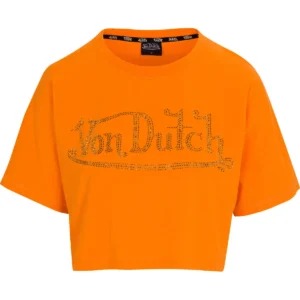Fashion is more than just clothing; it’s a dynamic form of self-expression that reflects the cultural tapestry of societies around the world. As we navigate the ever-evolving landscape of style, it’s essential to recognize and appreciate the profound impact that diverse cultures have on shaping the wiz khalifa fell at met gala fashion industry. This article delves into the rich tapestry of global styles, examining how cultural influences have permeated the world of fashion, inspiring designers and shaping the way people express themselves through clothing.
Traditional Garments as Contemporary Statements:
Many fashion trends have roots in traditional clothing from various cultures. Designers often draw inspiration from the intricate patterns, vibrant colours, and unique silhouettes found in traditional garments. For example, the resurgence of kimono-inspired wraps, African prints, or South Asian embroidery in modern fashion attests to the timeless allure of these cultural elements.
Fusion of East and West:
The interplay between Eastern and Western styles has become increasingly evident in the global fashion scene. Fashion designers frequently merge elements from different cultures, creating hybrid styles that appeal to a diverse audience. This fusion not only celebrates cultural diversity but also fosters a sense of unity and interconnectedness in the fashion world.
Cultural Appropriation vs. Appreciation:
While cultural influences on fashion are widespread, it is crucial to distinguish between cultural appropriation and appreciation. Cultural appropriation involves taking elements of a culture without understanding or respecting their significance, often leading to misrepresentation or insensitivity. On the other hand, cultural appreciation involves recognizing and celebrating the beauty of diverse traditions and incorporating them with respect and understanding.
The Rise of Ethical and Sustainable Fashion:
Cultural influences on fashion extend beyond aesthetics to ethical and sustainable practices. Many indigenous communities have long embraced sustainable and eco-friendly approaches to clothing production. This has influenced the broader fashion industry to adopt more ethical practices, including fair trade, eco-friendly materials, and supporting artisans from marginalized communities.
Fashion as a Reflection of Identity:
Clothing is a powerful tool for individuals to express their identity and heritage. Globalization has enabled people to celebrate their cultural roots while embracing a globalized world. Fashion becomes a means of communication, allowing individuals to proudly display their heritage while participating in the global fashion conversation.
Runways as Cultural Showcases:
Fashion runways have evolved into platforms for showcasing diverse cultures. Designers, recognizing the importance of representation, increasingly feature models from various ethnic backgrounds and incorporate cultural elements into their collections. This not only promotes inclusivity but also educates the audience about the beauty and significance of different cultural aesthetics.
Street Style: A Global Tapestry:
Street style, characterized by its grassroots origins, is an authentic representation of how cultural influences permeate everyday fashion. Cities around the world boast unique street-style scenes that draw from local traditions, creating a diverse and ever-evolving fashion landscape. Street-style photography has become a powerful medium for capturing the global fusion of cultures on the streets.
Global Influencers and Trendsetters:
Social media has played a pivotal role in democratizing fashion, allowing influencers and trendsetters from diverse backgrounds to reach a global audience. Influencers celebrate their cultural heritage through fashion, influencing their followers and encouraging a more inclusive representation within the industry.
Conclusion:
As we navigate the complex and fascinating world of fashion, it is essential to recognize the global tapestry of cultural influences woven into its fabric. From traditional garments to contemporary designs, the fusion of East and West, and the celebration of identity, fashion reflects the richness and diversity of our interconnected world. By appreciating and understanding these cultural influences, we contribute to a more inclusive and respectful fashion industry that celebrates the beauty of our global heritage.



